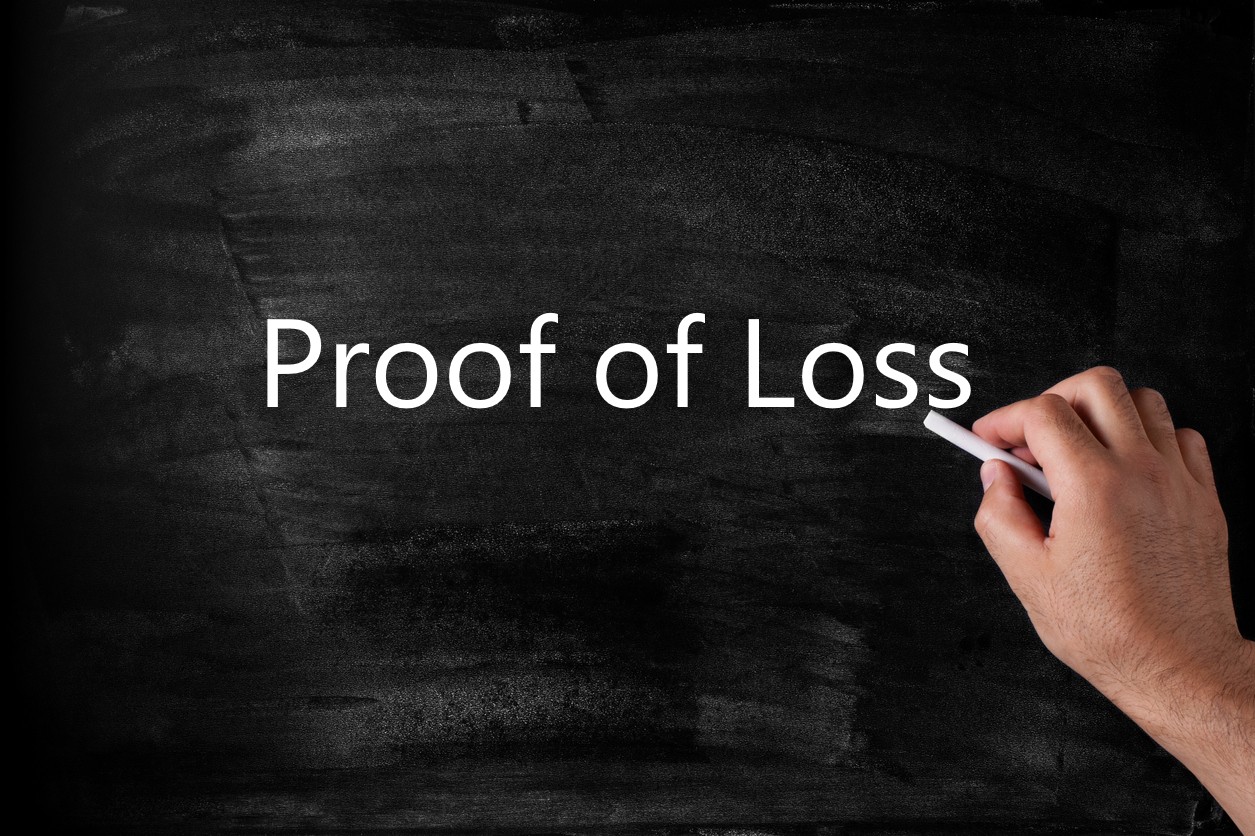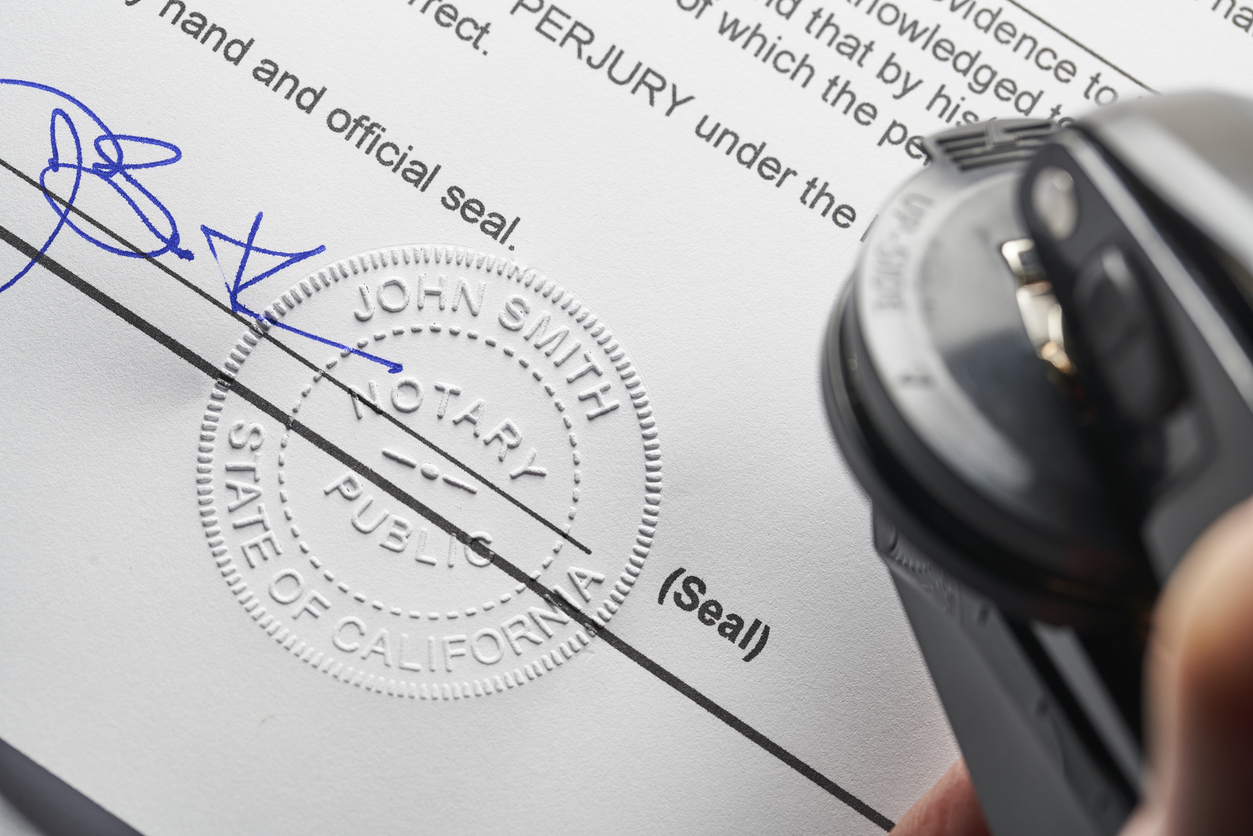(Note: This Guest Blog is by Javier Delgado, an attorney with Merlin Law Group in the Houston, Texas, office. This is the sixth in a series he and fellow attorney Tina Nicholson will be writing on Texas property insurance issues).
Insurance adjusters will never tell you that
[p]roperty damage estimates may look very rigorous, systematic, and scientific, yet these estimates reflect assumptions about how much labor time and expense is required to do certain work and how much material will cost. These assumptions can be wrong or inappropriate in any given case.James J. Markham, Kevin M. Quinley & Layne S. Thompson, The Claims Environment, 1st ed. (Insurance institute of America, 1993) p. 176.
However, adjusters are trained to acknowledge this and are encouraged to work with the homeowner or homeowner’s representative to adjust the loss.
How many times has a public adjuster met with a an insurance claims adjuster at the loss site and the insurance adjuster refused to communicate, failed to acknowledge the public adjuster, and left without asking any pertinent questions about causation, age of damaged items, prior repairs or claims, etc? The job of the insurance adjuster is not to be an adversary, but to facilitate the claims process so the property owner can be made whole as quickly as possible. In order to accomplish this task, the claims adjuster must adjust this loss with the property owner or his public adjuster. It is extremely important that letters sent to the insurance adjuster remind him of this obligation, and it is just as important that the public adjuster help facilitate the process for the claims adjuster.
When writing a letter to an insurance claims adjuster, explain to the carrier that you want to adjust the loss together. Insurance adjusters are taught that they must share information and cooperate with the insured to adjust a property loss. The letter of representation from the public adjuster should ask for a copy of estimates prepared, photographs, and all correspondence, verbal or written, between the insured and the carrier. The purpose of the request is to allow for complete transparency, in order to avoid any misconceptions and improper assumptions regarding the scope, value and cause of damages. An estimate prepared by the claims adjuster that does not properly represent the scope and value of the damages is an improper estimate.
A letter of representation by the public adjuster should be careful to address whether the claim presented is the original claim (re-open) or is a supplemental claim. A supplemental claim is one where the damages were not obvious or were not present at the time the insurance adjuster inspected the loss. Therefore, if the letter of representation by the public adjuster refers to the loss as a supplemental claim rather than a re-opened claim, the public adjuster could be acquiescing to the original insurance adjuster’s estimate as the proper and valid estimate of damages. A re-open claim, on the other hand, is one where damage could be observed and was present at the time the field adjuster wrote his estimate, but the adjuster’s estimate is low on value, or is missing items on the scope.
Why don’t you want to call it a supplemental claim if it isn’t one?
If the adjuster got the estimate wrong and the public adjuster sends a letter telling the carrier it is a supplemental claim, he gives the adjuster and the insurance company a free pass; the insurer can argue that they did the estimate correctly the first time and this new claim is for damage that was not present or could not be seen during the first inspection.
When interviewing the policyholder, the public adjuster should be careful and through in documenting whether the damages that are visible today were also visible at the time the insurance adjuster inspected the property. This will help the public adjuster determine whether it is a re-open or supplemental claim.



